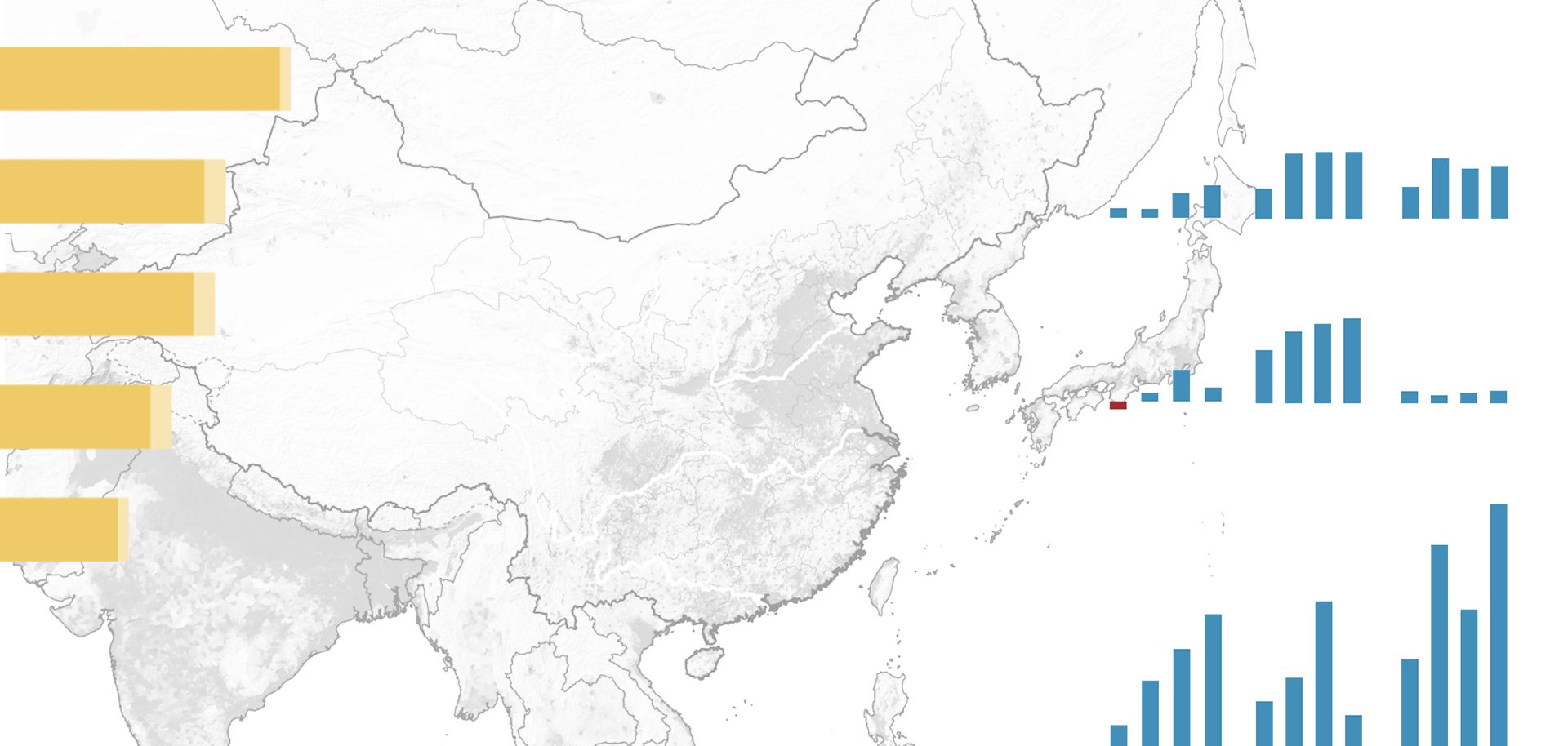
The United States is establishing another Special-Purpose Marine Air-Ground Task Force Crisis Response (SP-MAGTF) unit in Kuwait to support operations in the U.S. Central Command's area of responsibility, spanning the Middle East and Central Asia. SP-MAGTF units were created as a response to the 2012 attack on the U.S. Consulate in Benghazi, which resulted in the deaths of U.S. Ambassador Christopher Stevens and three other U.S. citizens. In the future, an additional unit will cover the U.S. Southern Command, which covers Central and South America.
Normally, U.S. Marine Expeditionary Units embarked on amphibious ships would be charged with responding to attacks like the one on the U.S. Consulate in Benghazi, but they are not always available or located at the right place at the right time. The 2012 attack exposed this lack of coverage and revealed the need for a pre-positioned and mobile response force that could rapidly deploy during crisis situations.
To address this gap, the U.S. Marines created flexible SP-MAGTF units that are land-based but air-deployable and able to support U.S. interests ranging from embassy reinforcement to disaster relief. The first of these units was set up in Spain and is principally geared toward supporting crisis situations in Africa. The unit, which began its deployment in 2013, has reached a full operational capability of about 1,400 Marines. It can deploy two crisis response teams with MV-22 Osprey aircraft and support them with combat aviation units.
The SP-MAGTF unit covering Africa has already been utilized heavily in bilateral training with partner nations, and it evacuated U.S. personnel from South Sudan after a rise in hostilities. The newest SP-MAGTF unit, planned for the U.S. Central Command, is the next step in the effort to expand coverage. Consisting of some 2,000 Marines, the unit will be headquartered in Kuwait and will have various elements tasked out and positioned throughout the theater. This unit has more personnel than U.S. Africa Command's SP-MAGTF unit because U.S. Central Command covers a greater number of U.S. interests and has personnel scattered throughout a tumultuous theater. Overall, SP-MAGTF units simply repackage existing forces to better meet the needs of the Marine Corps' mission. Adaptability is an important trait for any military, and SP-MAGTF units are being created as a solution to the coverage problem highlighted by the Benghazi attack.



